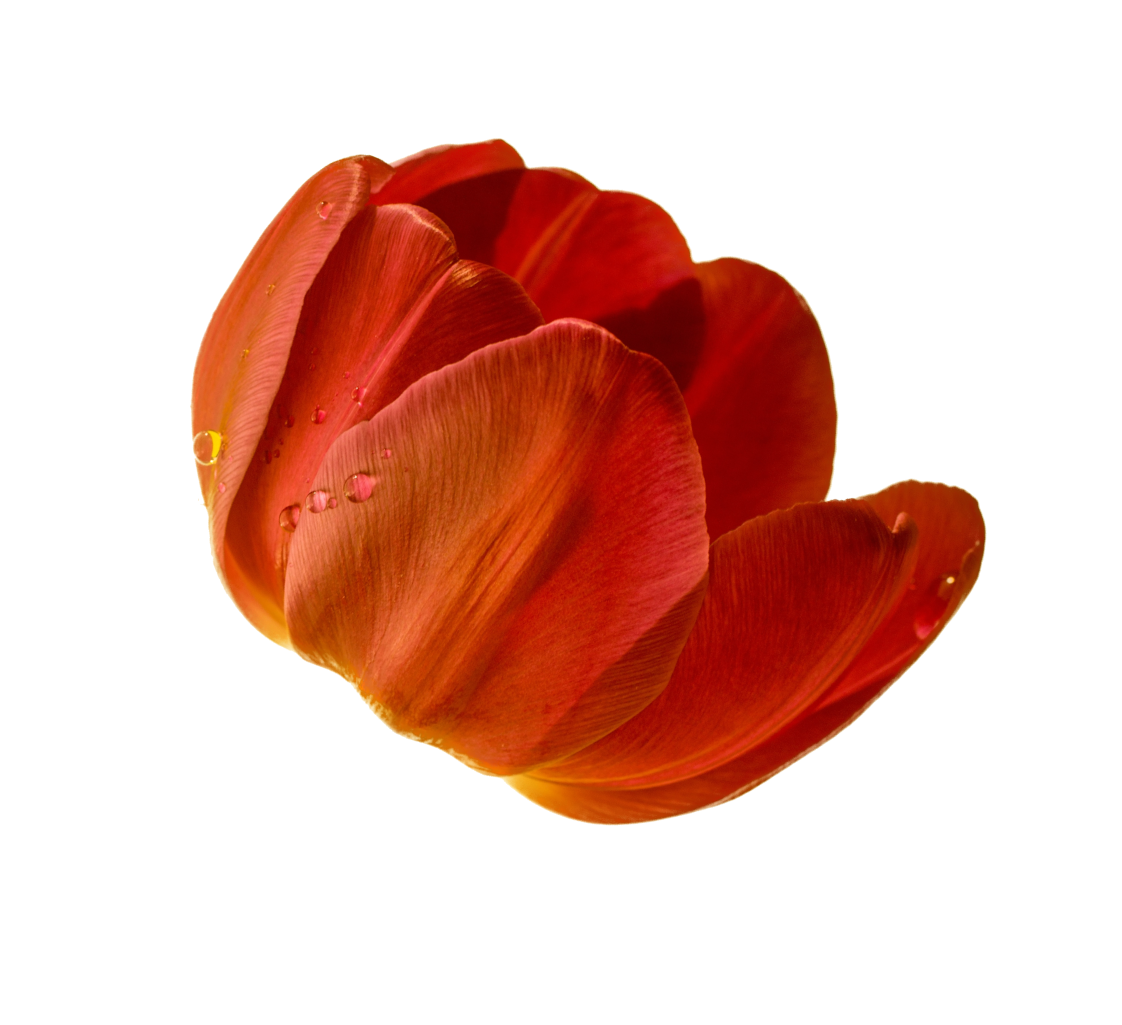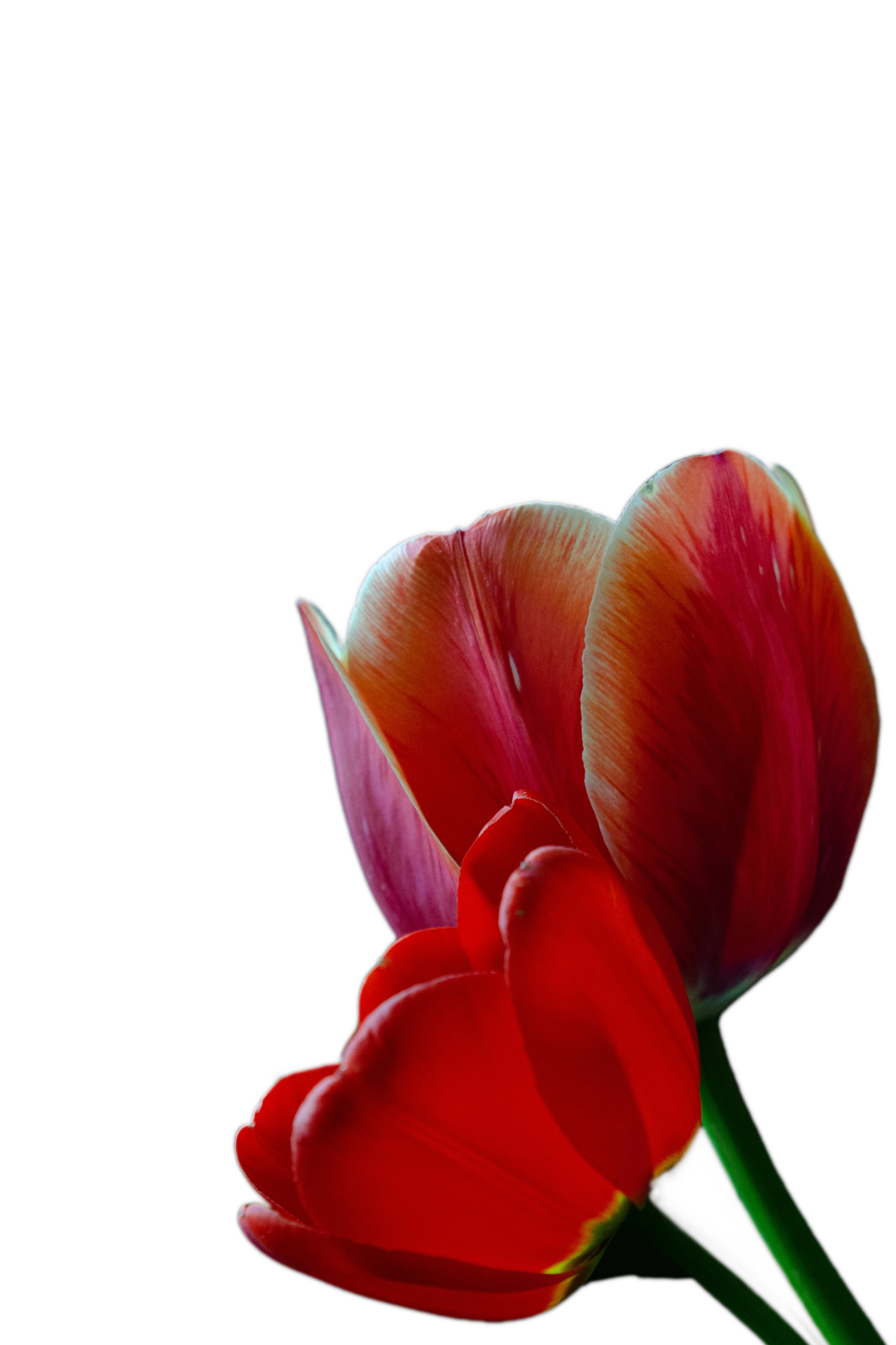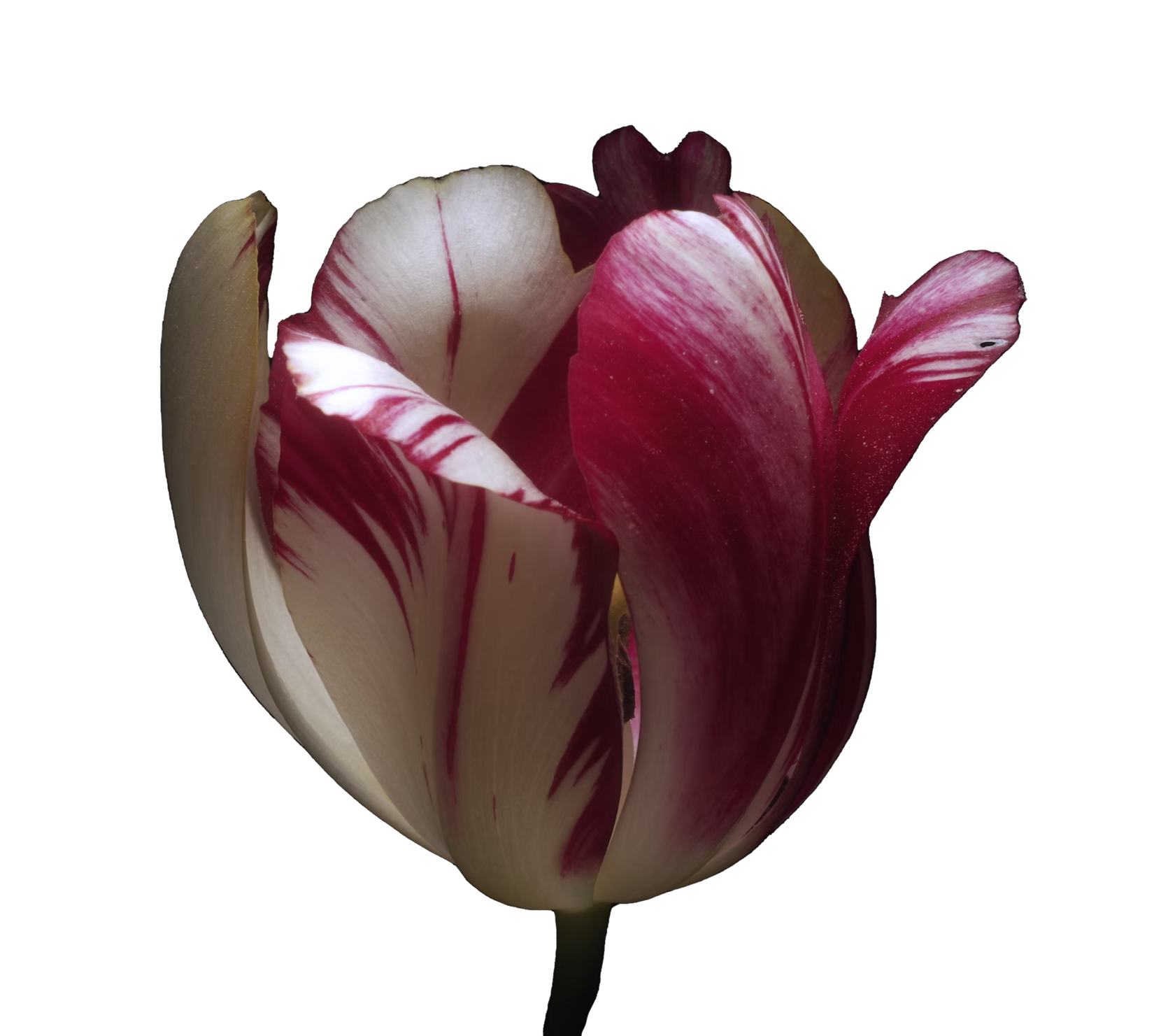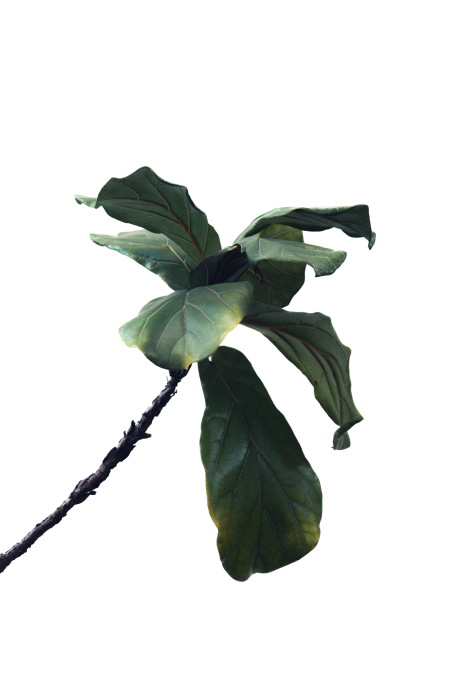
Styling
Nature

How to create outstanding floral arrangements: the approach of a renowned florist.
origins of approach
I love a still-life painting when the depiction is a fantasy conjured in the artist’s mind.
Deliberate choices are made; elements that might not share company in nature sit side by side on a candlelit table.
A skillful, painterly hand brings disparate elements together, manipulates them for a moment in time, and captures the natural beauty of these living, vibrant things — and the result is authentic and timeless.
So how do we achieve this alchemy with flowers and floral arrangements? By breaking down a floral still life the way a painter would.
Deliberate choices are made; elements that might not share company in nature sit side by side on a candlelit table.
A skillful, painterly hand brings disparate elements together, manipulates them for a moment in time, and captures the natural beauty of these living, vibrant things — and the result is authentic and timeless.
So how do we achieve this alchemy with flowers and floral arrangements? By breaking down a floral still life the way a painter would.
Color, composition, movement, shape, and texture are the five basic principles to consider when creating a floral still life.
Lewis Miller
Author of the book, “Styling Nature”
Movement
Let flowers act according to their natures.
Achieving the right balance is crucial in every aspect of a flower arrangement.
In regards to movement, you don’t want random flowers flying out of a vase; you need a composition that is controlled and stylized with moments of whimsy and serendipity.
In regards to movement, you don’t want random flowers flying out of a vase; you need a composition that is controlled and stylized with moments of whimsy and serendipity.
Movement occurs when a maverick leaf refuses to bend to your will ... when a branch covered in cherry blossoms searches for the table to try and support itself. Let them act according to their natures.
That glorious falling motion for the sake of its own survival— celebrate that moment. Encourage it.
That glorious falling motion for the sake of its own survival— celebrate that moment. Encourage it.
Branches covered in cherry blossoms that bend and curve naturally bring movement to an arrangement of peonies and chrysanthemums.
Color
Successful color combinations are ones that have an unexpected twist
For instance, coral with pink and rust, which is an alluring mix of hues. The rust is crucial in that trinity; without it the resulting floral arrangement is so sweet, it’s as though your teeth will fall out just from looking at it!
Salmon and olive; ruby, cerise, and coral; dusty lavender, aubergine, and champagne: these surprising combinations keep your eyes engaged and delighted.
Salmon and olive; ruby, cerise, and coral; dusty lavender, aubergine, and champagne: these surprising combinations keep your eyes engaged and delighted.
Happy yellow peonies and garden roses pop against nautical-blue hydrangeas and violet anemones.
Shape













Many admirers and consumers of flowers abhor this process; they think it happens too quickly instead of surrendering to how beautiful the evolution can be.
To witness a flower open and, in time, collapse is wonderful.
To witness a flower open and, in time, collapse is wonderful.
An arrangement is a living thing; by day three the flowers will have taken on a new shape.
It is important to remember that the silhouette of an arrangement will change over time.

Texture
Spiky bachelor’s buttons, veined foliage, and blackberries on the vine combine for a tactile arrangement.
Overtly masculine responses to pretty, round flowers like roses and peonies come in the form of any fruiting branch: privet berries do the trick with their dark blue, smooth, wonderfully glossy fruits that resemble clumps of miniature champagne grapes.
Fig and olive work well with their slender branches and stiff leaves. Herbs, thistle, and most tree foliage — Chinese pistachio, plum branches, and acacia leaves — provide great contrast to fluff.
Fig and olive work well with their slender branches and stiff leaves. Herbs, thistle, and most tree foliage — Chinese pistachio, plum branches, and acacia leaves — provide great contrast to fluff.
Spiky bachelor’s buttons, veined foliage, and blackberries on the vine combine for a tactile arrangement.
Fittonia
hydrangea
geranium
peony
aster
anemones
dahlia
chrysanthemum


Composition
Flowers, when composed in a container or a vessel, become a floral arrangement.
Take that arrangement and put it in a room. Consider the size of the flowers within their vessel and their proportions to the room and how they relate to the backdrop, the surface they are placed on, the neighboring elements, and their environment.
This is composition; when you introduce fabric, curious objects, and lighting, you have a still life.
This is composition; when you introduce fabric, curious objects, and lighting, you have a still life.
The softness of an arrangement of pinks and greens is juxtaposed with rusted iron and gilded mirrors.
They exist to be beautiful, to attract butterflies and bees, and to remind us that we are deserving of joy and beauty. It’s a simple but astounding life’s mission.
Flowers are a medium like no other.
Celebrate them, imperfections and all. In the end, perfection is overrated and bores us to tears. It’s the bumbles and imperfections in life –and in nature – that keep things interesting.
Every flower, every plant has a personality.
Original excerpt from Lewis Miller’s book is published in flowermag.com

The site is made for non-commercial purposes.
Design and development — Margaret_p
Photography © Don Freeman
(Rizzoli New York)
© 2016
Lewis Miller, "Styling Nature"

